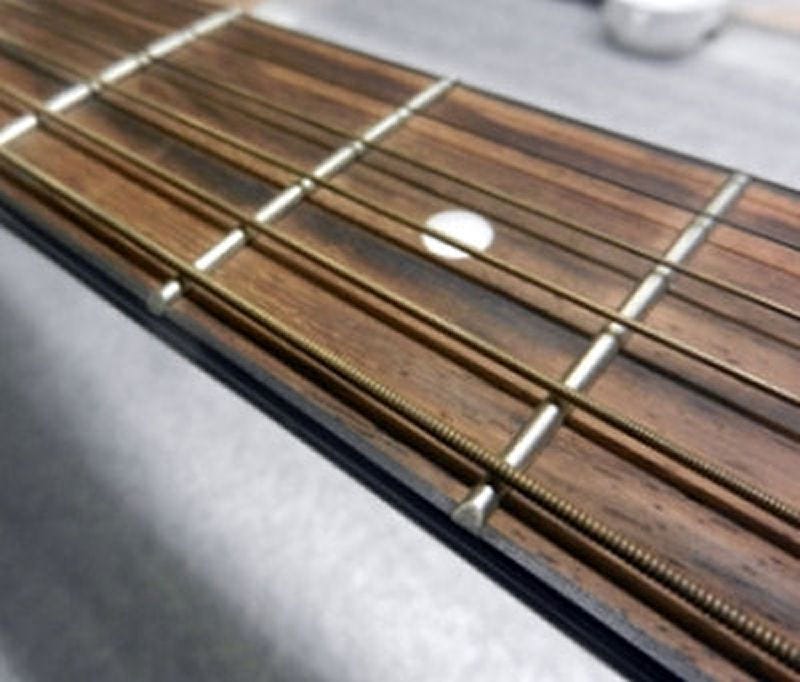Recognizing common chord patterns.
Easy ear-training exercises. (Part 1)
When you listen to a song, what are you actually listening to?
In most cases, (and especially if you are a non-musician), your first impulse is to immediately follow the groove or the beat of the rhythm, followed by singing the lyrics to the melody of the song. This is what most people do when they listen to music.
This is why so many people know lyrics…
Keep reading with a 7-day free trial
Subscribe to SoundHole Guitar Lessons to keep reading this post and get 7 days of free access to the full post archives.



